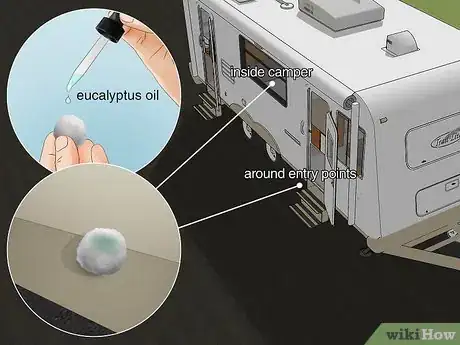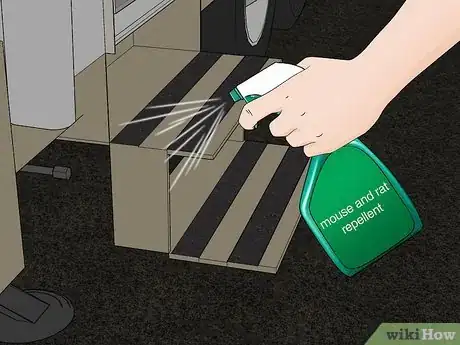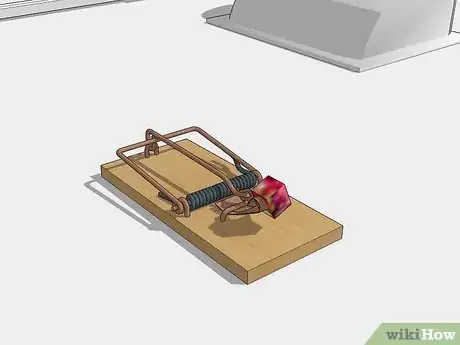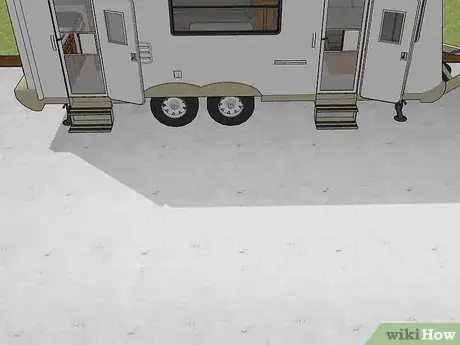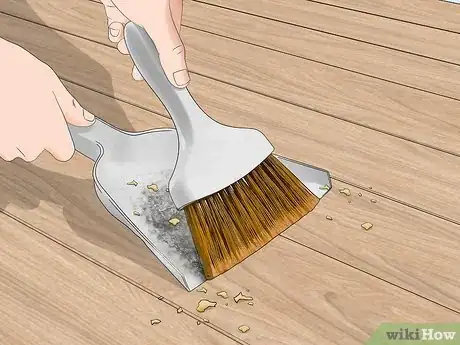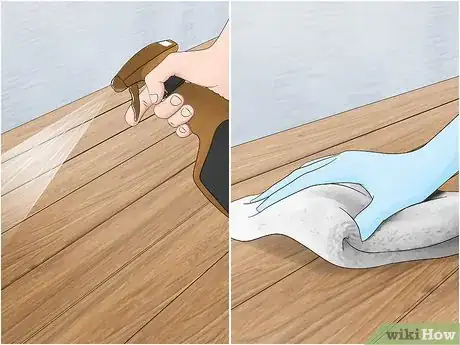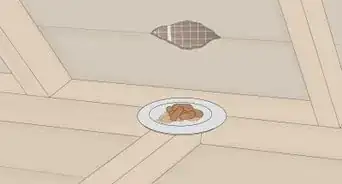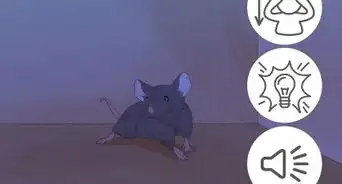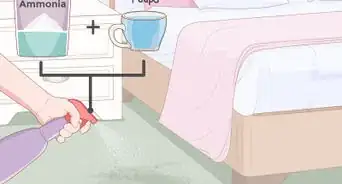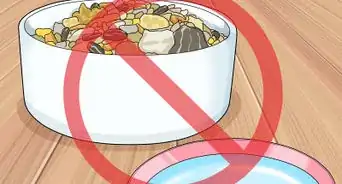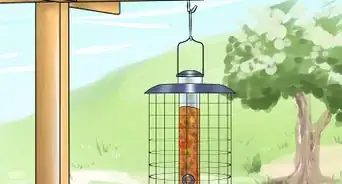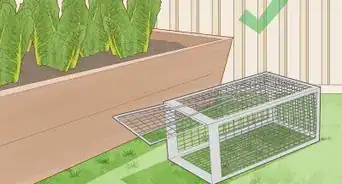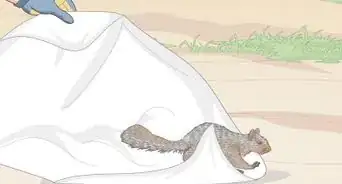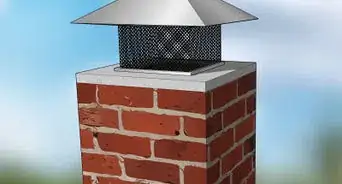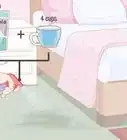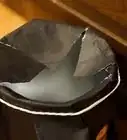This article was co-authored by Kevin Carrillo and by wikiHow staff writer, Sophia Latorre. Kevin Carrillo is a Pest Control Specialist and the Senior Project Manager for MMPC, a pest control service and certified Minority-owned Business Enterprise (MBE) based in the New York City area. MMPC is certified by the industry’s leading codes and practices, including the National Pest Management Association (NPMA), QualityPro, GreenPro, and The New York Pest Management Association (NYPMA). MMPC's work has been featured in CNN, NPR, and ABC News.
There are 16 references cited in this article, which can be found at the bottom of the page.
This article has been viewed 20,770 times.
Campers are great for exploring the open road and making memories with your family, but nothing ruins a trip faster than spotting a mouse (or the damage done by one). Whether you’re currently on the road or have put your camper in storage for the season, there are lots of ways to keep mice out of a camper or RV. What if they’ve already gotten inside? Don’t worry, we’ve got strategies for getting rid of them and making sure they don’t come back, too.
This article is based on an interview with our MMPC-certified pest control specialist, Kevin Carrillo. Check out the full interview here.
Steps
References
- ↑ https://www.chicagotribune.com/consumer-reviews/sns-bestreviews-outdoors-how-to-keep-mice-out-of-camper-20210521-id6wnj4yonb5bn5aldnwznbdje-story.html
- ↑ https://www.hindawi.com/journals/tswj/2014/249284/
- ↑ https://mountainmodernlife.com/keeping-mice-out/
- ↑ https://www.normandyfarms.com/tips-keeping-mice-rv/
- ↑ https://www.consumerreports.org/car-maintenance/how-to-protect-your-car-from-rodents-a5816950285/
- ↑ Kevin Carrillo. MMPC, Pest Control Specialist. Expert Interview. 22 October 2019.
- ↑ https://agrilifeextension.tamu.edu/library/wildlife-nature-environment/managing-rats-and-mice/
- ↑ https://wwwnc.cdc.gov/eid/article/5/1/99-0125_article
- ↑ https://campersmarts.com/how-keep-mice-out-camper
- ↑ https://agrilifeextension.tamu.edu/library/wildlife-nature-environment/managing-rats-and-mice/
- ↑ https://www.consumerreports.org/car-maintenance/how-to-protect-your-car-from-rodents-a5816950285/
- ↑ https://www.mspca.org/animal_protection/about-rats-and-mice/
- ↑ https://www.normandyfarms.com/tips-keeping-mice-rv/
- ↑ https://extension.psu.edu/is-there-a-mouse-in-the-house-eliminate-mice-with-ipm
- ↑ https://agrilifeextension.tamu.edu/library/wildlife-nature-environment/managing-rats-and-mice/
- ↑ https://agrilifeextension.tamu.edu/library/wildlife-nature-environment/managing-rats-and-mice/
- ↑ Kevin Carrillo. MMPC, Pest Control Specialist. Expert Interview. 22 October 2019.
- ↑ https://koa.com/blog/keep-mice-out-of-rv-during-storage/
- ↑ https://extension.psu.edu/is-there-a-mouse-in-the-house-eliminate-mice-with-ipm
- ↑ https://extensionpublications.unl.edu/assets/html/g1530/build/g1530.htm
- ↑ Kevin Carrillo. MMPC, Pest Control Specialist. Expert Interview. 22 October 2019.
- ↑ Kevin Carrillo. Pest Control Specialist. Expert Interview. 5 November 2019.
- ↑ https://www.cdc.gov/rodents/cleaning/
- ↑ http://www.idph.state.il.us/envhealth/pchousemouse.htm
